An opportunity for promise or peril?
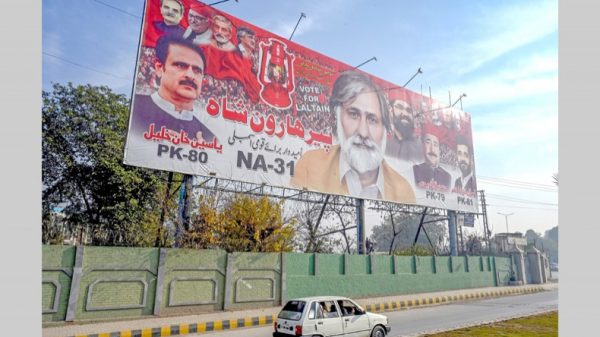
Humayun Kabir:
AFTER three years of political instability and turmoil, the current government of Pakistan has announced the general elections to be held on February 8, 2024, to elect the 16th national assembly. The Election Commission of Pakistan has registered 175 political parties, including a large number that come from regional or provincial bases. Based on the composition of the 2018 national assembly, it appears that only three parties, Pakistan Tehrik-e-Insaf (PTI), Pakistan Muslim League (PML-Nawaz), and Pakistan People’s Party (PPP), will have the largest presence in the new assembly. Most notable is the fact that Imran Khan, a celebrity cricketer of world repute and the former prime minister, now in jail on charges of corruption, has announced to contest for three seats from the prison. The National Assembly’s 266 general and 70 reserved seats and over 600 seats in the four provincial assemblies are up for grabs.
A few highlights of Pakistan’s current economic profile, a trend analysis, prospects and potentials may help better clarify what can be expected in the upcoming elections in the next six weeks.
Pakistan has long had a turbulent relationship with democracy. Since its independence in August 1947, the country has experienced four military coups, ratified three constitutions, experimented with both presidential and parliamentary forms of government, and held ten general elections. In addition to dismissing elected governments, the military has, in the past, engaged in a range of soft coup behaviours, such as supporting new political actors, to make dents in the vote banks of existing parties, particularly those that have fallen out of favour. General elections held in 2013 marked Pakistan’s first transfer of power from one elected civilian government to another. As a result of chronic military intervention, Pakistan has oscillated between military hegemony and political party-led civilian governments. These oscillations have entrenched the military in the country’s socio-cultural life as well as its political and economic institutions.
One noteworthy feature of Pakistan’s politics is the influence of the Islamic parties, which have been actively involved in electoral politics since the early stages of democratic activities. Despite generally unimpressive electoral results, they have collectively played an outsize role in national political life, especially in shaping discursive norms.
Another important point to highlight is that on December 25, the nomination filing deadline was set, and the major candidates from all political parties did not face any resistance in filing their nomination papers, but it was an uphill task for the PTI members (of Imran Khan) to do the same. Several candidates managed to file nomination papers only after they got help from the judiciary.
In order to grasp the situation Pakistan is facing today, it may be helpful to highlight a few elements in the economy that may shape voters mindsets and thus have an impact on the elections.
For years, Pakistan’s real GDP growth has remained at 0.3 per cent, which may grow to 1.9 per cent in 2024–2025; Pakistan’s debt has increased to 84.1 per cent of GDP. Shares of SME finance have increased by at least 17 per cent. The IMF expects Pakistan’s external debt to reach $144 billion this year. The number of borrowers from the State Bank of Pakistan within the small and medium enterprise category has grown to 700,000 in 2023, up from 180,000, signalling a significant growth in small business creation. Significant downside risks to the outlook remain, including from global price shocks and slower global growth.
It is also a fact that Pakistan’s economy was jolted by severe floods, global price shocks and political instability in 2023, causing growth to weaken and inflation to rise. However, ADB has reported that the implementation of the economic adjustment programme and the planned national election in 2024 are expected to boost confidence. For ordinary citizens, the ongoing government’s relief package of free seeds, subsidised credit, and fertilisers is expected to support a recovery in agriculture. This, in turn, will help the industry, which will also benefit from the increased availability of critical imports.
Pakistan’s chequered political history and deliberate economic exploitation have a lot to do with how the present national crisis evolves itself. To be clear on this issue, it is to be noted that Pakistan has doubled its national debt roughly every five years over the past three decades. To cite evidence, starting with a debt of $11 billion in the 1990s, the debt stood at $220 billion in 2022. While the debt grew at around 14 per cent per year on average, the GDP was growing at only 3 per cent per year on average. Again, in 2022, Pakistan experienced a trifecta of challenges, such as political unrest and violence, an economic crisis and destructive floods that gripped the nation. Consequently, the economy has been grappling with severe inflation, a declining currency, and critically low foreign reserves, posing significant concerns for its financial stability. The World Bank reported that more than four million people in the country were falling below the lower middle-income level of $3.6 per day.
The situation in the industry sector is also dismal. As of early 2023, the Pakistan Textile Mills Association announced that 1600 garment factories had been shut down due to the withdrawal of power subsidies, resulting in the loss of more than five million jobs. In February 2023, due to a shortage of foreign currency and the depreciation of Pakistani rupees, Pakistan faced difficulties in importing crude oil, leading to the indefinite closure of Pakistan’s largest petroleum refinery, Cnergyico.
From the above briefs, it can be said that Pakistan no longer confronts a crisis of government or governance; it is now contending with a crisis of state. The political stasis, governance paralysis, and security environment sliding out of control are all mutually reinforcing the economic meltdown. One thought that emerges is that even this situation can be managed, provided someone has a roadmap, or a plan, to pull the country out of the death spiral in which it is caught. In the context of the upcoming elections, Pakistanis think that if they can forge unity and evolve a consensus, they will be able to come up with a plan. What they are missing is that ‘a consensus can be evolved around a plan, not a plan around a consensus.’
2023 has been a tumultuous year for Pakistan. Whether it was an economic crisis, natural calamities, food crisis, mass protests and violence, terror attacks, political arrests, or upheaval over election timings, Pakistan saw it all in this one year.
As regards projections on the outcomes of the elections, opinion polls carried out in December 2023 by Pattan Coalition 38 indicate PTI leads with 66 per cent, PML (N) 13 per cent, PPP 5 per cent, and TLP 6 per cent. However, if history is any guide, the election processes are expected to be carefully managed by Pakistan’s most organised, resourceful, and powerful party, the military, to retain real control over the nation’s fate.
Humayun Kabir is a former official of the United Nations.



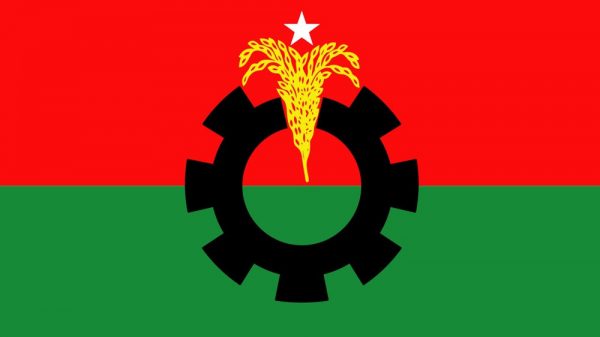

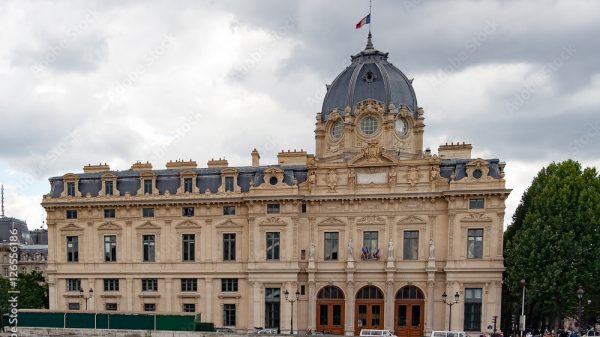

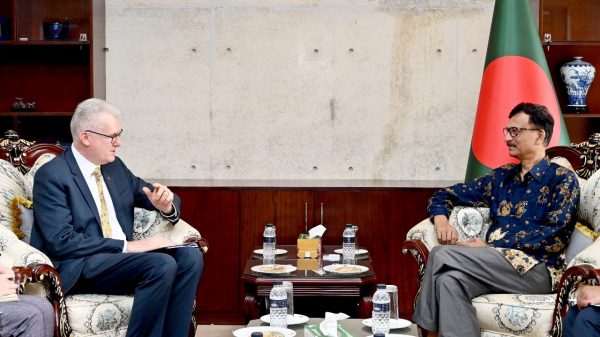



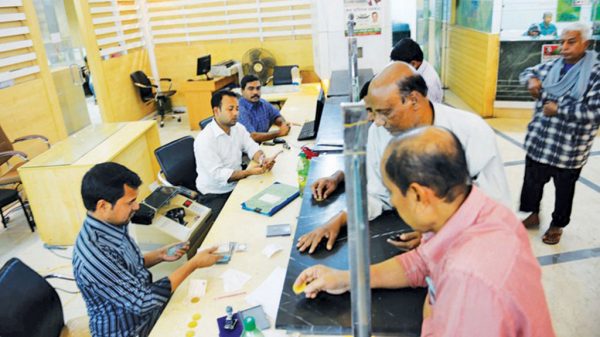
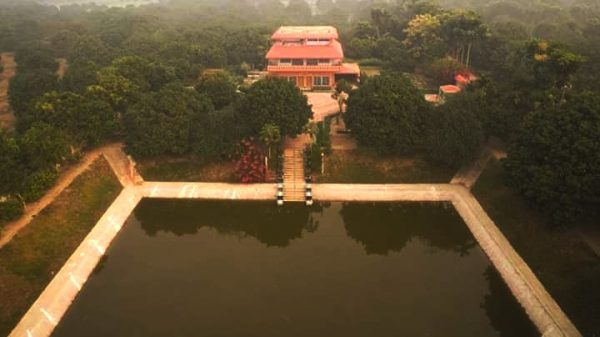

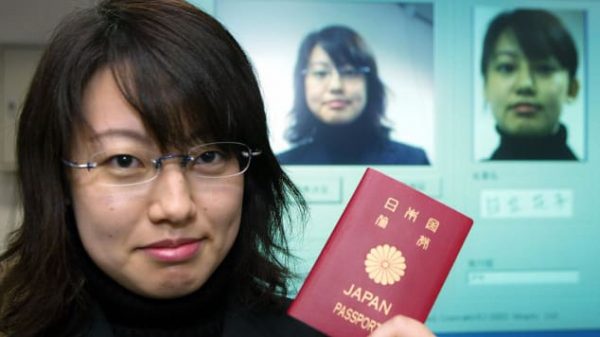


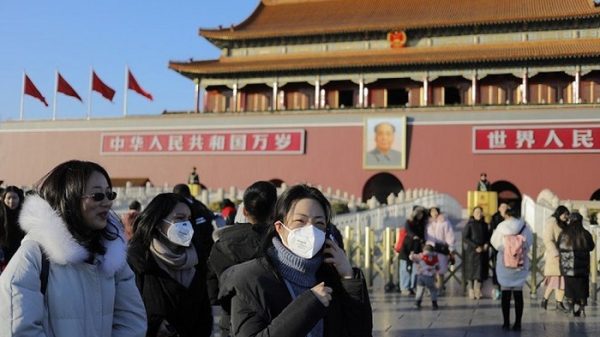

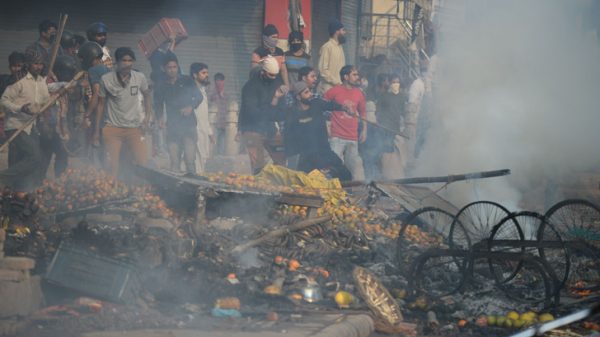



Leave a Reply